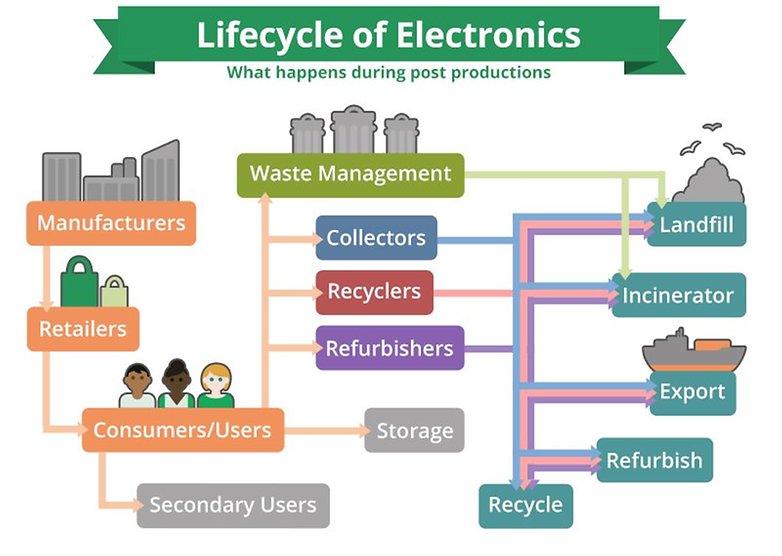Study
shows smartphones harm the environment
McMaster
University
 Data
centres and smartphones will be the most damaging information and
communications technologies to the environment by 2040, according to new
research from W Booth School’s Lotfi Belkhir.
Data
centres and smartphones will be the most damaging information and
communications technologies to the environment by 2040, according to new
research from W Booth School’s Lotfi Belkhir.
At the end of winter term in 2014, Lotfi
Belkhir was approached by a student taking his Total Sustainability and
Management course who asked, “What does software sustainability mean?”
The Entrepreneurship and Innovation
Associate Professor at the W Booth School of Engineering Practice and
Technology didn’t have an answer.
Belkhir teaches students to think
creatively about sustainability tools that can be applied to their
entrepreneurial ventures. But his tools, at the time, mainly applied to
hardware startups, not software.
The student’s question sparked Belkhir’s latest research on the global emissions footprint of information and communications technology (ICT).
Belkhir, along with Ahmed Elmeligi, a recent W Booth grad and co-founder of the startup, HiNT (Healthcare Innovation in NeuroTechnology), studied the carbon footprint of consumer devices such as smartphones, laptops, tablets, desktops as well as data centres and communication networks as early as 2005. Their findings were recently published in the 2018 Journal of Cleaner Production.
Not only did they discover that software
is driving the consumption of ICT, they also found that ICT has a greater
impact on emissions than we thought and most emissions come from production and
operation.
“We found that the ICT industry as a
whole was growing but it was incremental,” Belkhir explains. “Today it sits at
about 1.5%. If trends continue, ICT will account for as much as 14% for the
total global footprint by 2040, or about half of the entire transportation
sector worldwide.”
“For every text message, for every phone
call, every video you upload or download, there’s a data centre making this
happen. Telecommunications networks and data centres consume a lot of energy to
serve you and most data centres continue to be powered by electricity generated
by fossil fuels. It’s the energy consumption we don’t see.”
Among all the devices, trends suggest
that by 2020, the most damaging devices to the environment are smartphones.
While smartphones consume little energy to operate, 85% of their emissions
impact comes from production.
A smartphone’s chip and motherboard require
the most amount of energy to produce as they are made up of precious metals
that are mined at a high cost.
Smartphones also have a short life which
drives further production of new models and an extraordinary amount of
waste.
“Anyone can acquire a smartphone, and
telecommunications companies make it easy for people to acquire a new one every
two years. We found that by 2020 the energy consumption of a smartphone is
going to be more than that of PCs and laptops.”
Belkir has made policy recommendations
based on his findings.
“Communication and data centres have to
go under renewable energy now. The good news is Google and Facebook data
centres are going to run on renewable energy. But there needs to be a policy in
place so that all data centres follow suit. Also, it’s not sustainable to have
a two-year subsidized plan for smartphones.”
With his latest research, Belkhir hopes
to help students in his Total Sustainability and Management course expand their
worldview.
“When they start the course, many students
don’t know what sustainability means. When the course ends their worldview has
changed and they realize what they want to do and why they want to do it.”